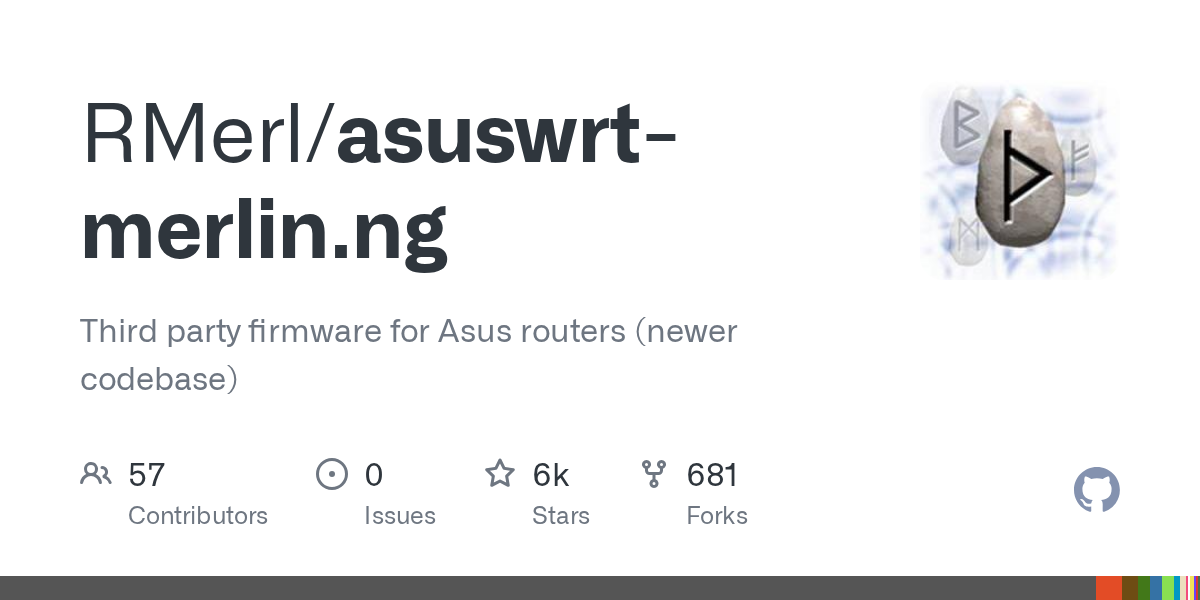Weblee2407
Senior Member
I followed the instructions for OpenVPN using Easy-RSA generated certificates here:

 github.com
github.com
I copied the generated certificates into the Keys and Certification areas of the VPN server advanced page

I could not get any client to connect. After much reading and testing without success, I then clicked the Renew Certification button on the VPN General screen. I then exported the OpenVPN profile and tried it on an iPad, and it successfully connected. I can also connect using Windows and Ubuntu, but when all three are connected, I only see one client on the VPN status tab. There are flashes of a connection of a client named UNDEF, but it is too brief for me to gather any other information. I found information that this has to do with multiple clients using a profile with the same common name in the certificate. In checking the certificates in the GUI, the DH, CA and server are NOT the same as those I generated via easyRsa.
Where are these (GUI) certificates being generated, and how can I use the CA it created to generate common name unique client certificates?
While I can generate unique common name certificates using the easyRsa method, I cannot on the GUI.
Thanks in advance.
Generating OpenVPN keys using Easy RSA
Third party firmware for Asus routers (newer codebase) - RMerl/asuswrt-merlin.ng
I copied the generated certificates into the Keys and Certification areas of the VPN server advanced page
I could not get any client to connect. After much reading and testing without success, I then clicked the Renew Certification button on the VPN General screen. I then exported the OpenVPN profile and tried it on an iPad, and it successfully connected. I can also connect using Windows and Ubuntu, but when all three are connected, I only see one client on the VPN status tab. There are flashes of a connection of a client named UNDEF, but it is too brief for me to gather any other information. I found information that this has to do with multiple clients using a profile with the same common name in the certificate. In checking the certificates in the GUI, the DH, CA and server are NOT the same as those I generated via easyRsa.
Where are these (GUI) certificates being generated, and how can I use the CA it created to generate common name unique client certificates?
While I can generate unique common name certificates using the easyRsa method, I cannot on the GUI.
Thanks in advance.

